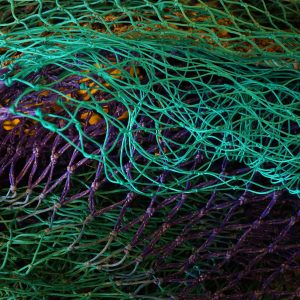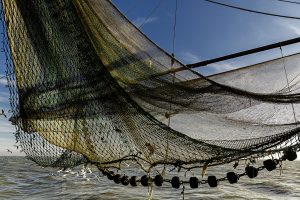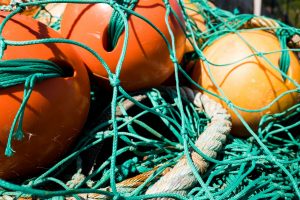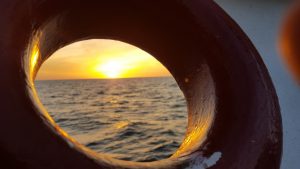Gearing Up
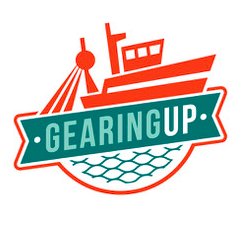
The Gearing Up project will help fishermen, net makers and fisheries managers find practical ways to reduce bycatch – or unwanted catches – in commercial fisheries. Launched to help identify solutions for different vessels to meet challenges of the Europe-wide ‘Landing Obligation’ (LO), the project aims to bring together data on gear selectivity trials that have taken place in the North Sea and North Western Waters since 2002 and make it available via an online tool. Gearing Up users will have access to precise results from the applications of gear innovations anywhere, anytime, so they can make an informed decision about modifications to their fishing gear.
The Gearing Up tool contains practical, detailed information about gear performance and the difference in catches observed in over one hundred gear selectivity trials tested in Northern European fisheries, broken down by species and other factors. Users can see the exact results of the gear tested in a given fishery and make an informed decision about whether to use those modifications or similar ideas, on their vessel.
